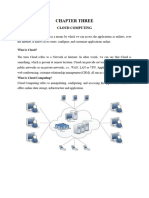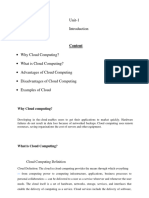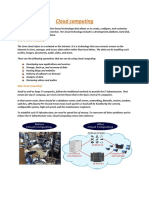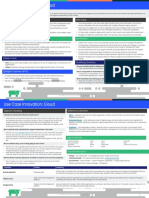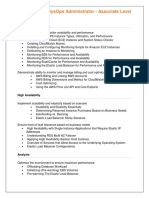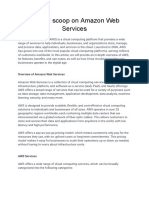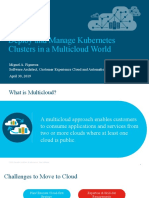0% found this document useful (0 votes)
10 views5 pagesCloud Computing
Cloud computing delivers computing services over the internet, allowing businesses to rent resources instead of owning them, which enhances flexibility, cost-efficiency, and scalability. It encompasses three primary models: IaaS, PaaS, and SaaS, each offering varying levels of control and management. While it provides numerous benefits such as cost savings and improved collaboration, challenges like security concerns and vendor lock-in must be addressed as businesses increasingly adopt cloud solutions.
Uploaded by
ravishirkeCopyright
© © All Rights Reserved
We take content rights seriously. If you suspect this is your content, claim it here.
Available Formats
Download as PDF, TXT or read online on Scribd
0% found this document useful (0 votes)
10 views5 pagesCloud Computing
Cloud computing delivers computing services over the internet, allowing businesses to rent resources instead of owning them, which enhances flexibility, cost-efficiency, and scalability. It encompasses three primary models: IaaS, PaaS, and SaaS, each offering varying levels of control and management. While it provides numerous benefits such as cost savings and improved collaboration, challenges like security concerns and vendor lock-in must be addressed as businesses increasingly adopt cloud solutions.
Uploaded by
ravishirkeCopyright
© © All Rights Reserved
We take content rights seriously. If you suspect this is your content, claim it here.
Available Formats
Download as PDF, TXT or read online on Scribd
/ 5







































